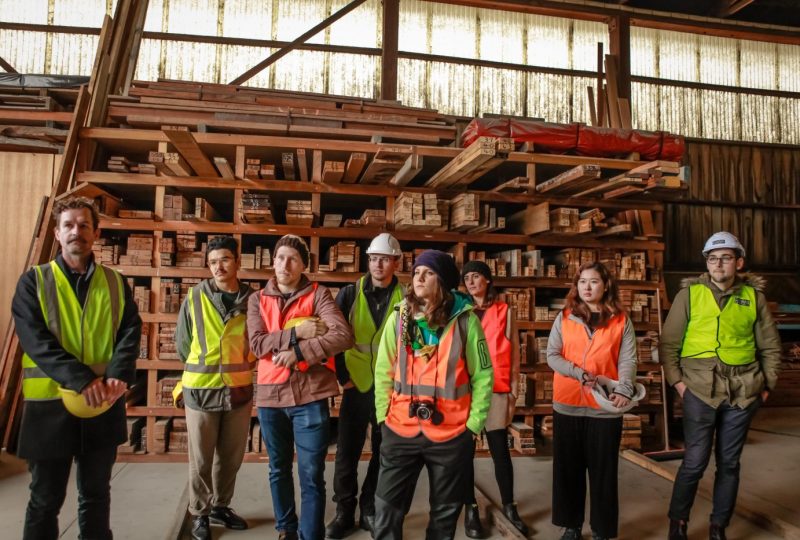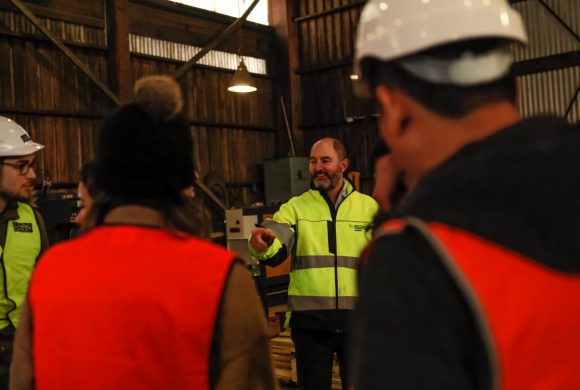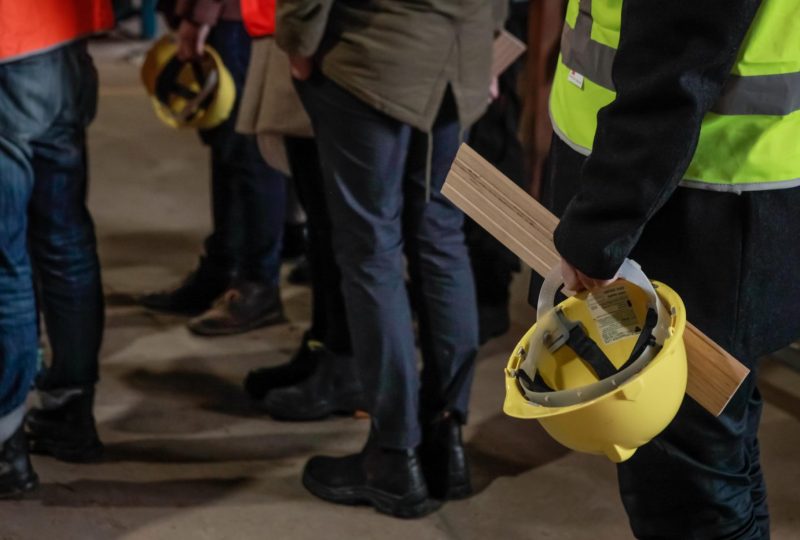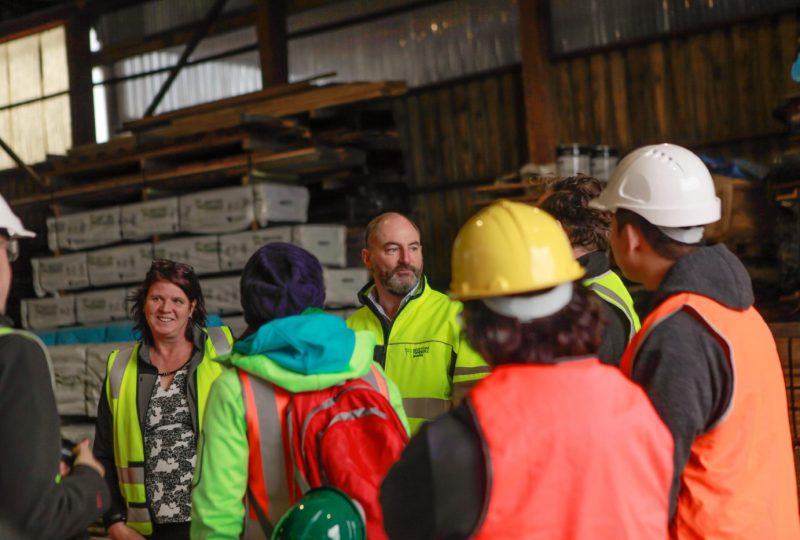Topic: This is Us
Innovative timber structural solutions for mid-rise timber buildings
Timber’s capacity to store carbon and replace energy-intensive conventional building materials has driven a surging interest in wood as a structural material for tall timber buildings.
Since the early 1990s global developments in material science, digital fabrication and industrial assembly processes have opened the possibility of pushing timber structures to become a viable alternative to traditional construction methodologies.
Changes to the Australian National Construction Code (NCC), introduced in May 2016, eased restrictions on the construction of structural timber buildings of up to twenty-five meters in effective height. This relaxation of the NCC has begun to establish a demand for innovative timber structural solutions for mid-and high-rise timber building typologies.
Masters of Architecture students at the University of Queensland are studying how architecture can be a catalyst to innovation in the processing sector. On a recent field trip to Tasmania, they found an industry prepared to innovate and find ways to value-add to the existing resource to amplify the benefit to processors, customers and the environment.
There is a sustainability emphasis driving the use of timber in multi-story building construction that presents an opportunity for the timber industry.
The global success of cross-laminated timber, used as an alternative to traditional carbon-intensive construction materials such as concrete and steel, was developed in the 90s by a collaboration between European researchers and the timber industry, who were looking to value-add to existing softwood resources.
There has been a great deal of change in the timber resource coming on-line, and this in turn is driving the industry to explore how best to value-add to that resource.
Through close links between industry and research centres such as the University of Tasmania’s Centre for Sustainable Architecture with Wood (CSAW), there is research being generated that looks to develop applications in timber that are specific to the Tasmanian forestry context.
There is the capacity of our own timber industry to respond to demand multi-story timber-framed buildings as an important next step in the sustainability equation.
In the past, the path of engineered timber products to the building site has been from as far away as Austria.
This situation is now changing as processing facilities come online and we are investing in innovation in our own industry and using local timber to realise the carbon and sustainability benefits.
In the future designing multi-story buildings in timber will be the norm rather than the exception.





